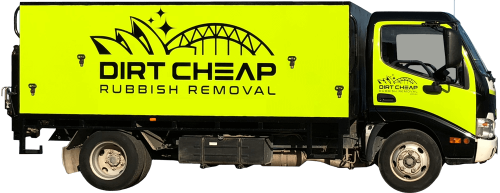A Total Overview To Establishing The Perfect Dumpster Size For Your Job
A Total Overview To Establishing The Perfect Dumpster Size For Your Job
Blog Article
Composed By-Galloway Rodgers
When starting a task that calls for a dumpster, the dimension you select can greatly affect its efficiency and cost-effectiveness. Picture having the best container that suits all your waste without being exceedingly big or too little. Everything starts with comprehending the nuances of your project and selecting a dumpster dimension that lines up with your details demands. So, before you decide, consider the factors at play to ensure a seamless waste monitoring procedure from start to finish.
Variables to Think about
When picking the appropriate dumpster size, there are several key aspects to take into consideration.
Initially, think about the sort of waste you'll be throwing away. Various materials might require varying quantities of area, so comprehending what you'll be putting in the dumpster is crucial.
Next, assess the amount of waste you anticipate to create. If you take too lightly the quantity, you might need to make several journeys to deal with everything, which can be inconvenient and costly. On the other hand, leasing a dumpster that's also big can lead to unneeded expenditures.
In addition, consider the space where the dumpster will be put. Ensure there's enough room for the dumpster to be provided and grabbed with no obstructions.
Lastly, consider any weight limitations that may apply. Surpassing the weight limitation can lead to extra costs or even the rejection of service.
Dumpster Size Options
For picking the best dumpster dimension, it's essential to have a good understanding of the available choices. Dumpster dimensions typically range from 10 to 40 cubic yards, with variations in between.
A 10-yard dumpster appropriates for little tasks like a garage cleanout or a tiny improvement. If you're tackling a medium-sized task such as a kitchen area remodel or a cellar cleanout, a 20-yard dumpster could be the best option.
For bigger jobs like a whole-house improvement or commercial building and construction, a 30 or 40-yard dumpster could be preferable to accommodate the quantity of waste created.
When choosing a dumpster size, take into consideration the quantity and type of particles you expect to take care of. https://dailyhive.com/vancouver/spookiest-got-junk-finds 's far better to pick a slightly larger size if you're unclear to prevent overfilling. Remember, it's even more economical to rent out a dumpster that fits your needs as opposed to having to get an added one.
Matching Dimension to Job
Efficiently matching the dumpster size to your job is crucial for effective waste administration. To determine the best dimension, take into consideration the range and nature of your job.
For small household cleanouts or improvements, a 10-yard dumpster may be adequate. These are normally 12 feet long and can hold about 4 pickup truck lots of waste.
For bigger jobs like renovating numerous spaces or clearing out a large estate, a 20-yard dumpster might be more suitable. These are around 22 feet long and can hold around 8 pickup loads.
If you're dealing with a major construction task or business improvement, a 30-yard dumpster could be the very best fit. These dumpsters have to do with 22 feet long and can suit regarding 12 pickup lots of particles.
Matching the dumpster dimension to your task guarantees you have sufficient room for all waste products without paying too much for extra capability.
Conclusion
To conclude, selecting the appropriate dumpster dimension for your job is essential for efficient waste disposal. By taking into garbage container rental price like the type and quantity of waste, room accessibility, weight restrictions, and spending plan constraints, you can ensure you have the ideal dimension dumpster for your needs. Make sure to match the dimension of the dumpster to the extent and nature of your task to prevent overspending on unnecessary costs.
